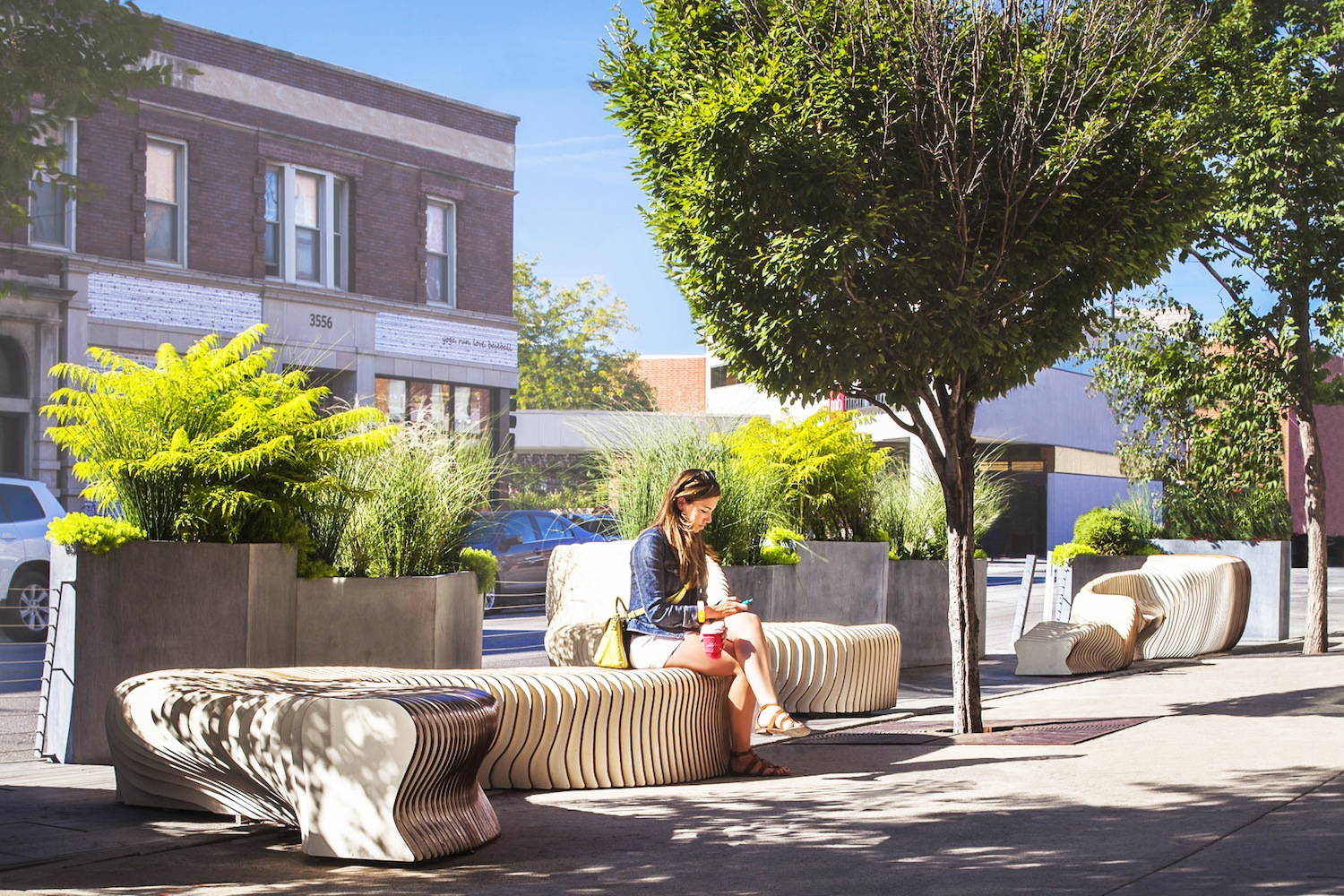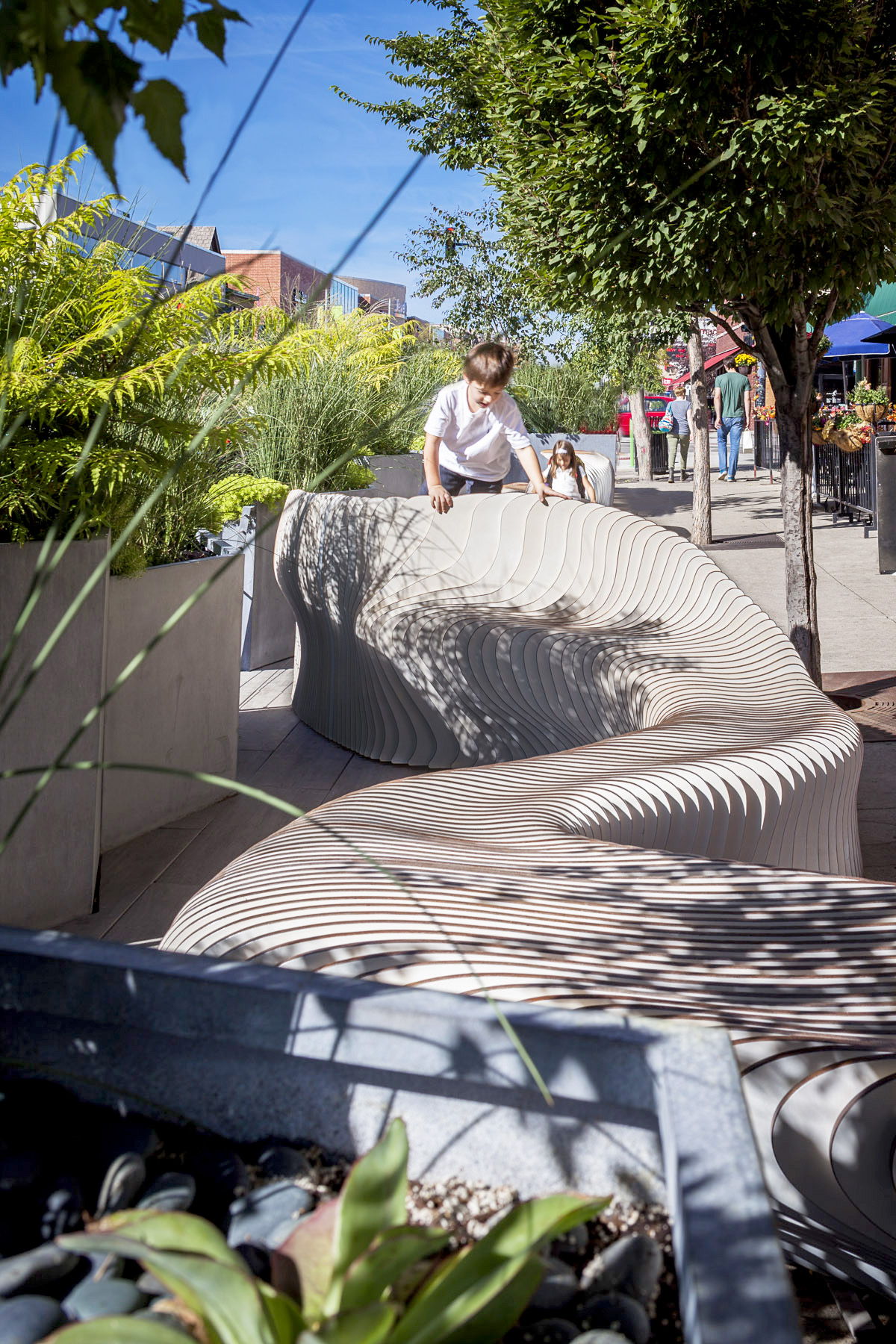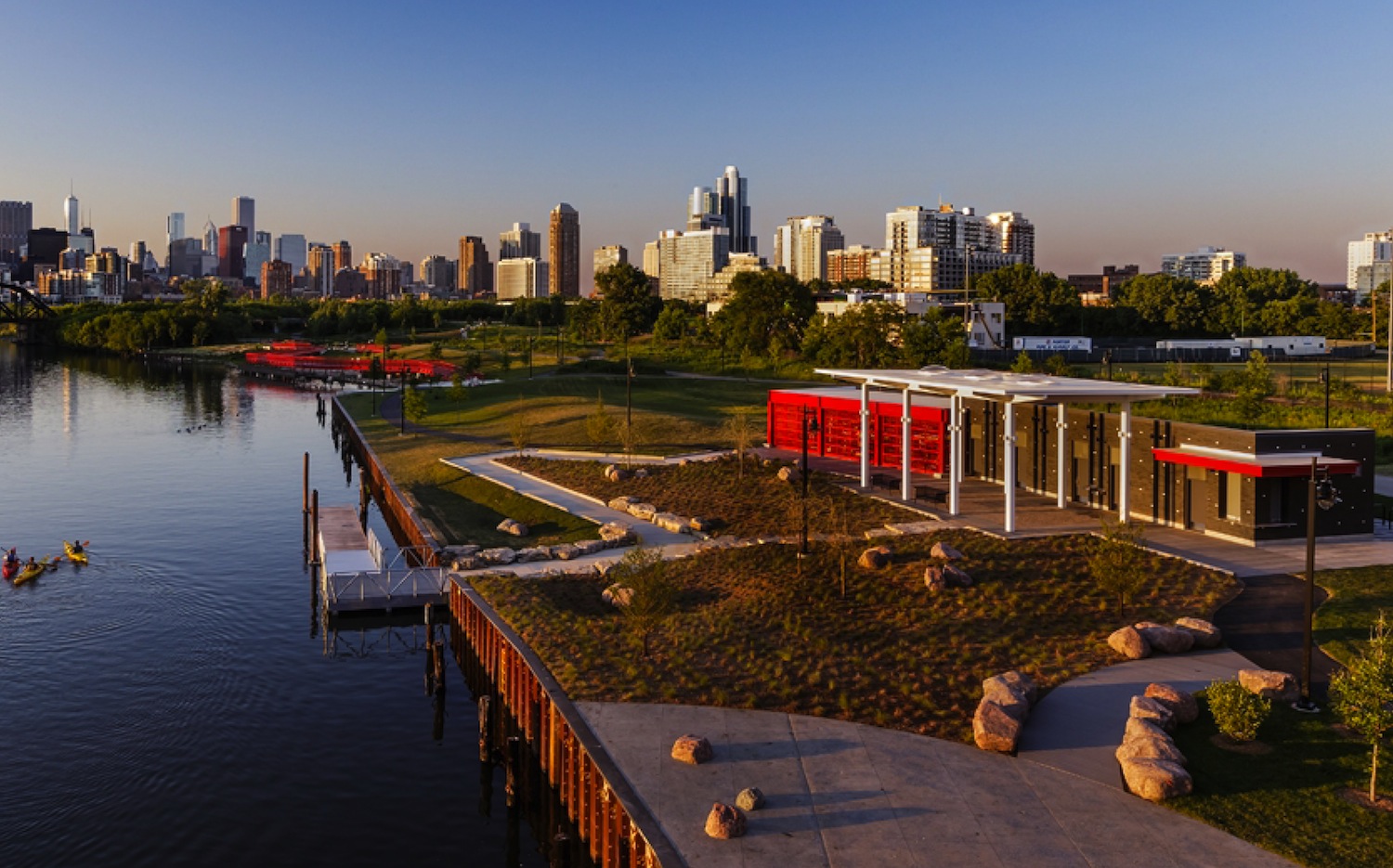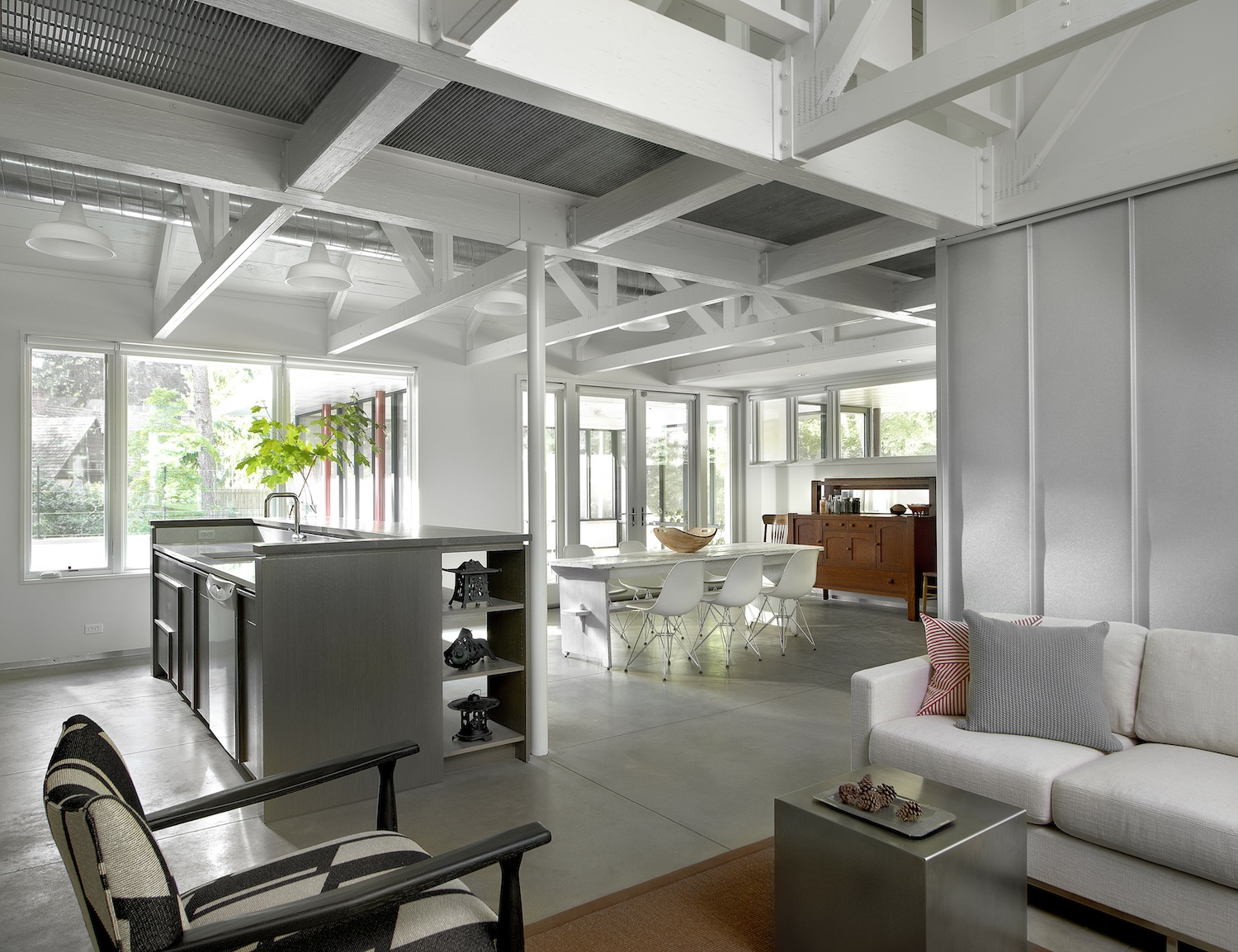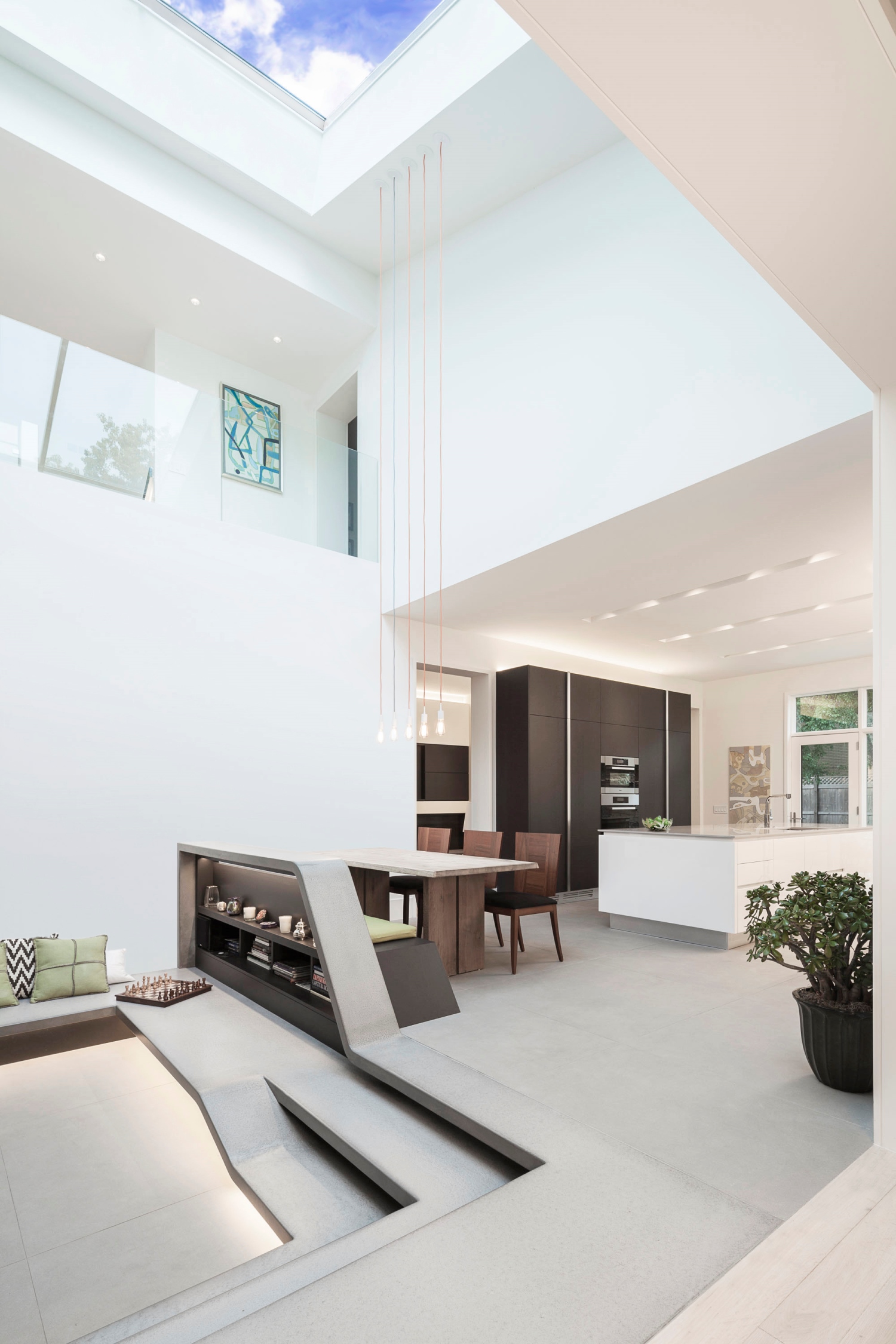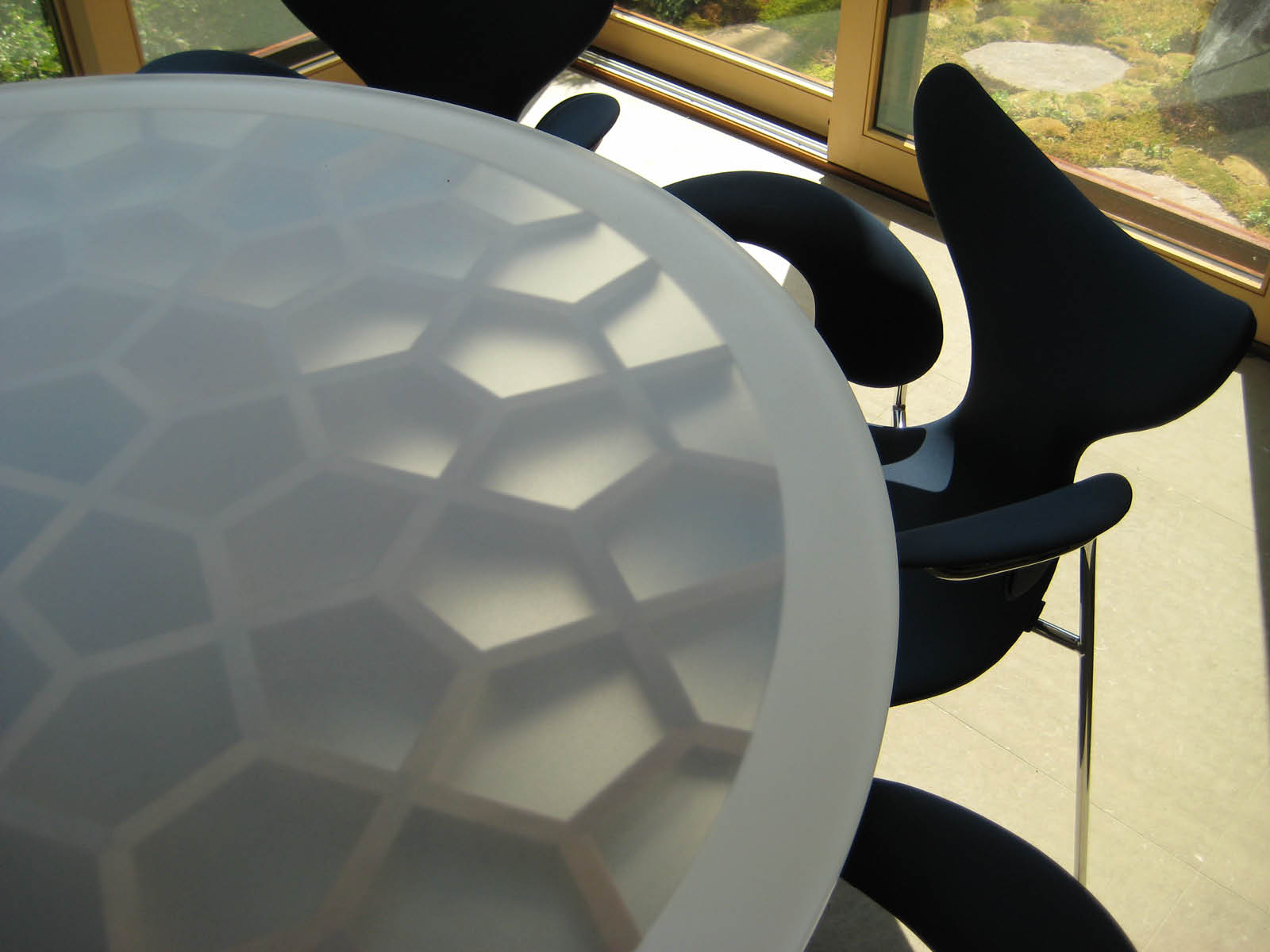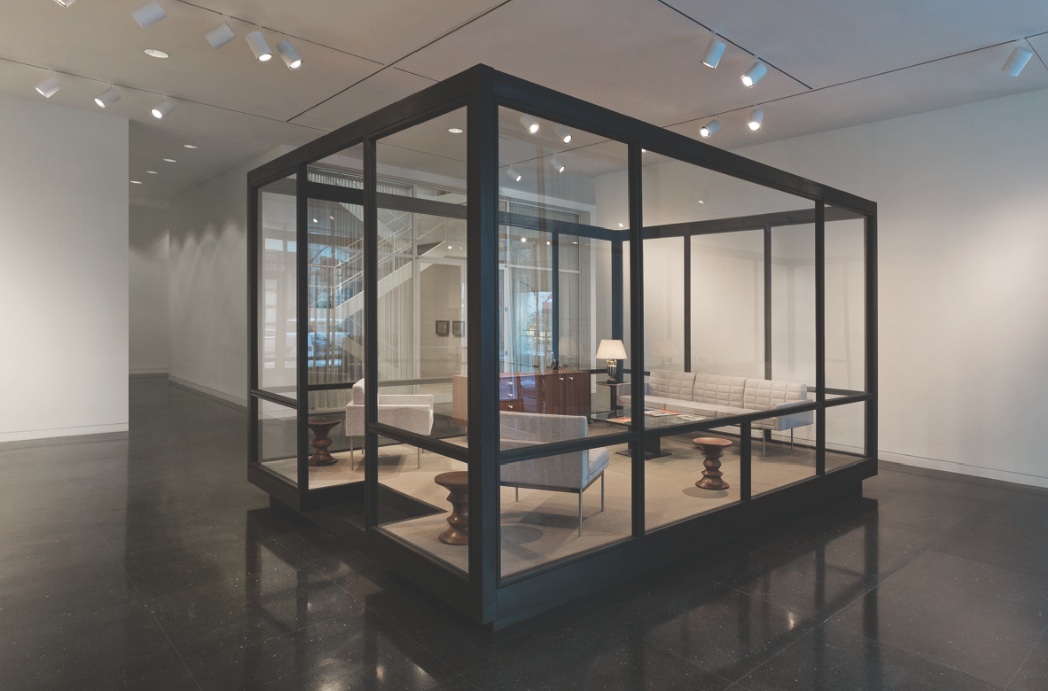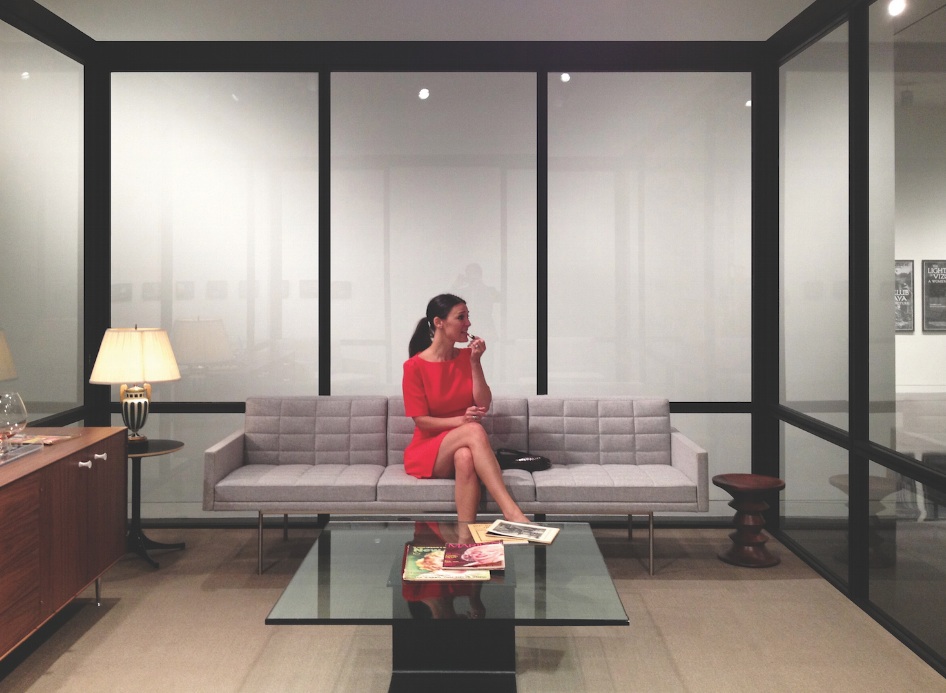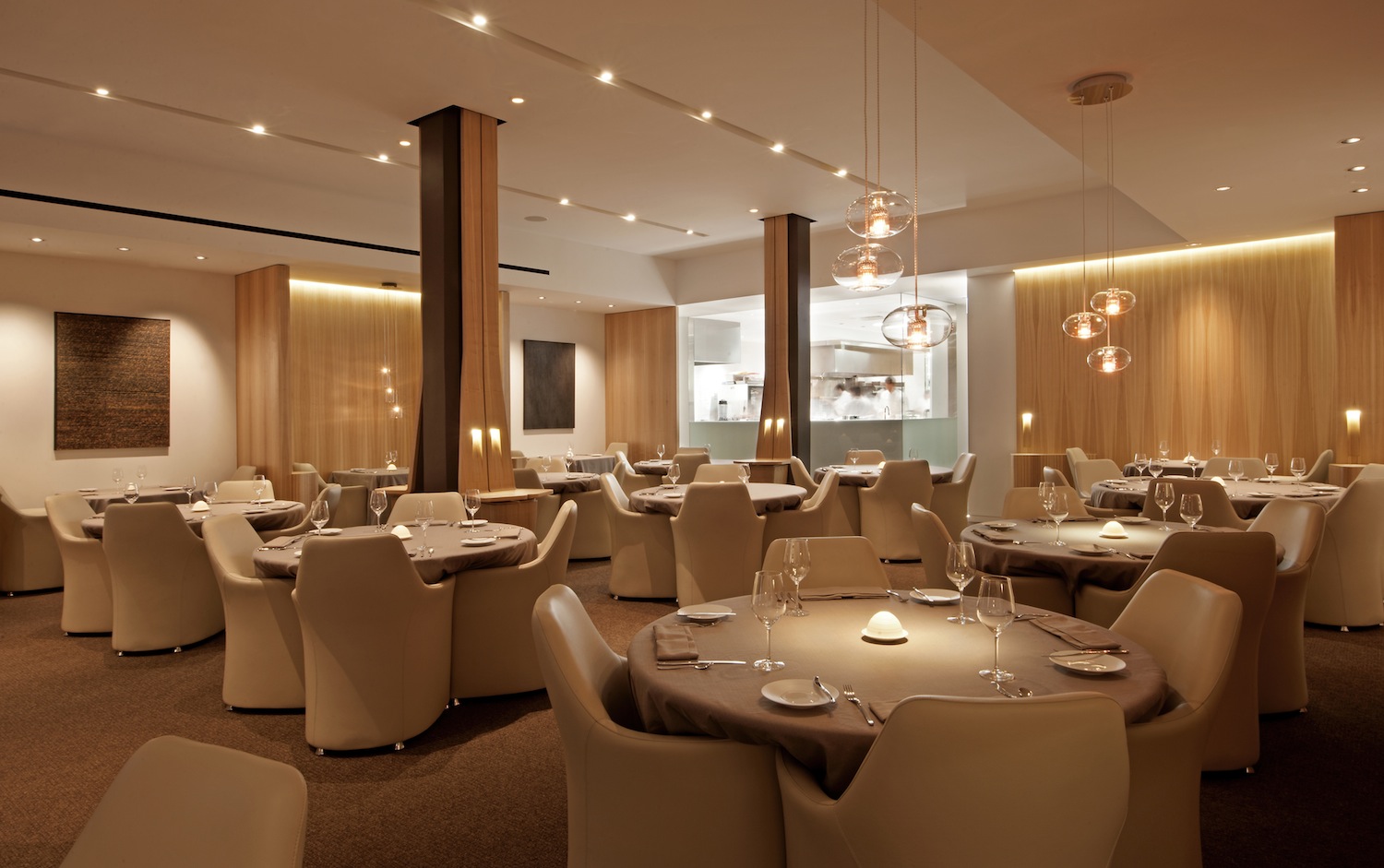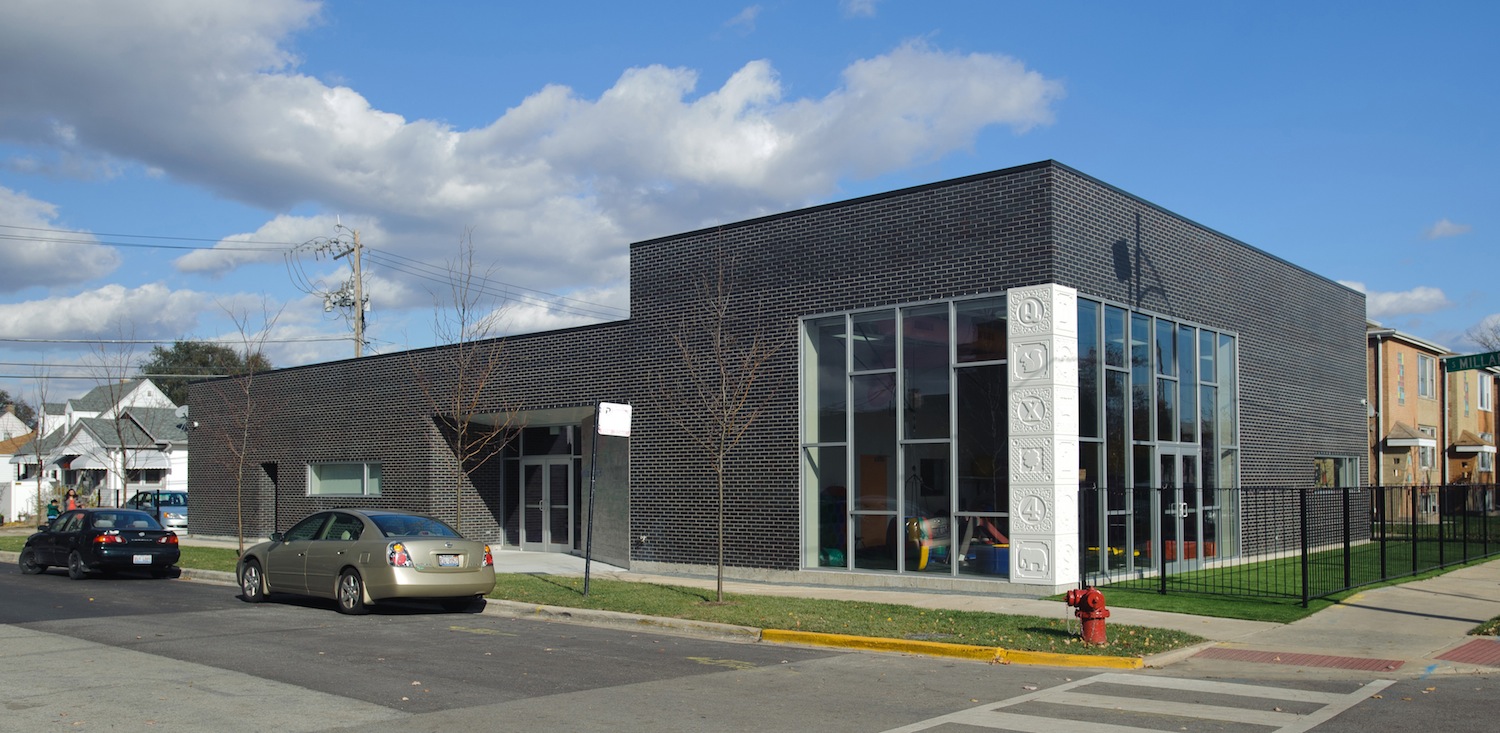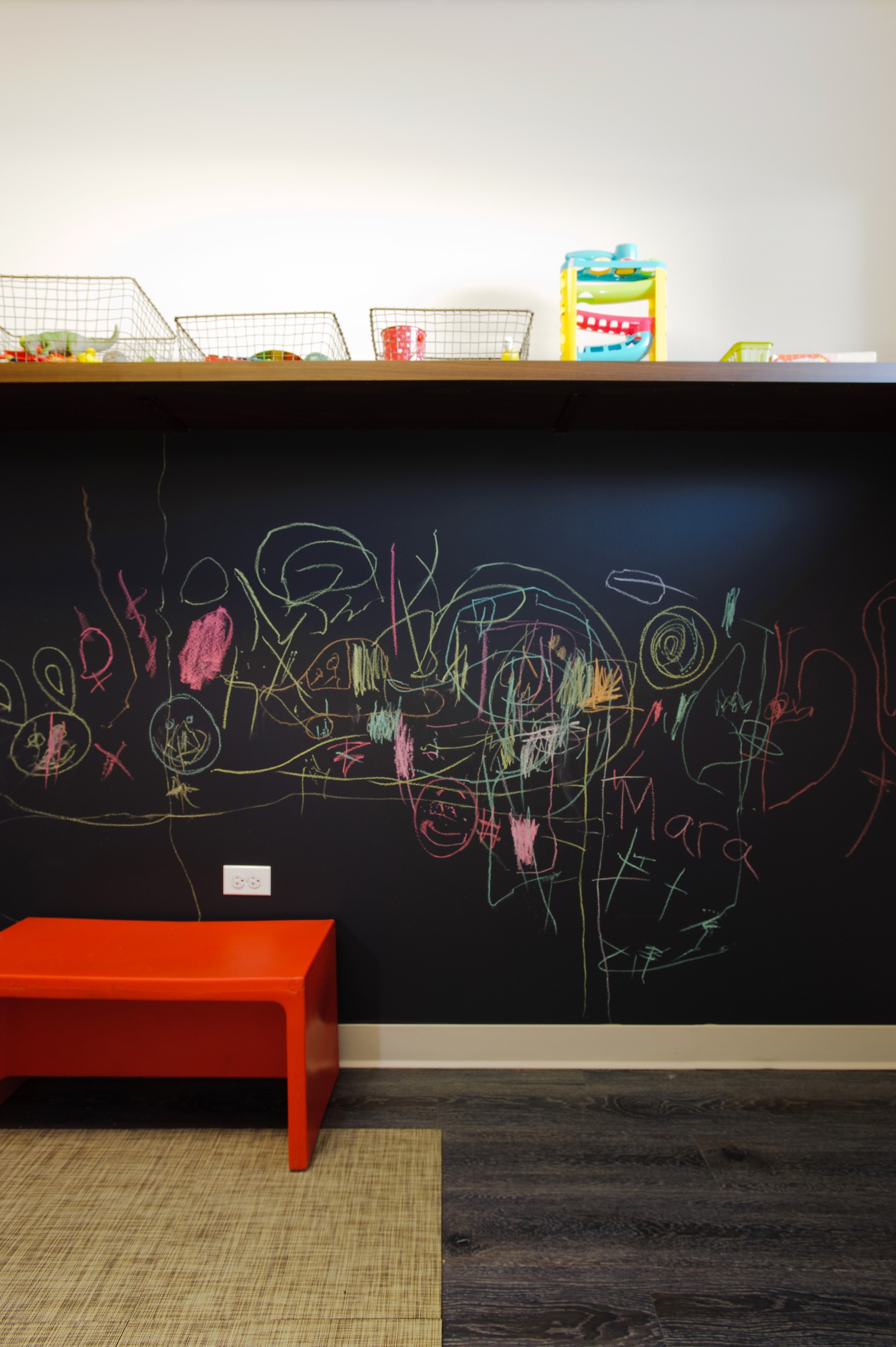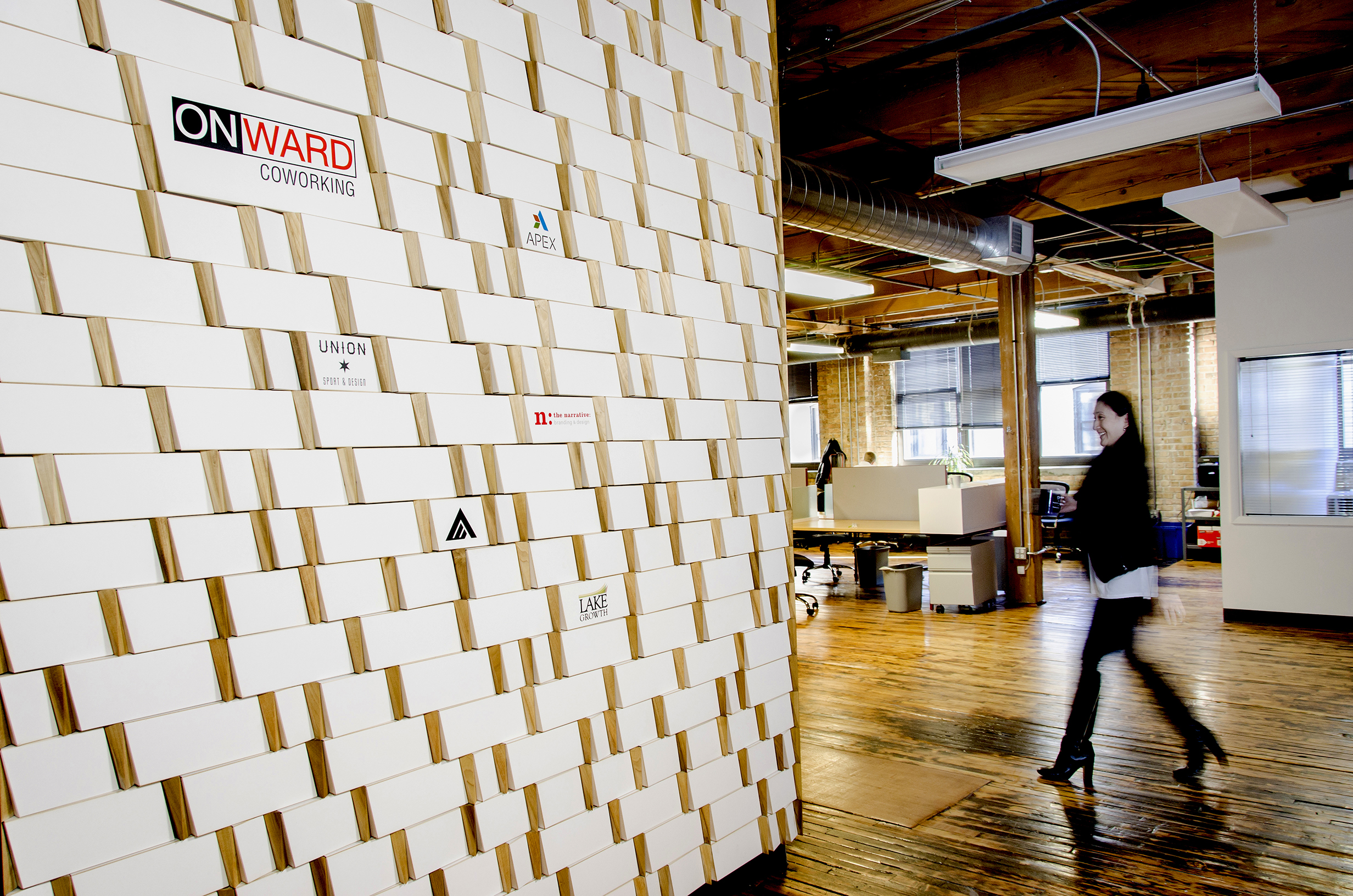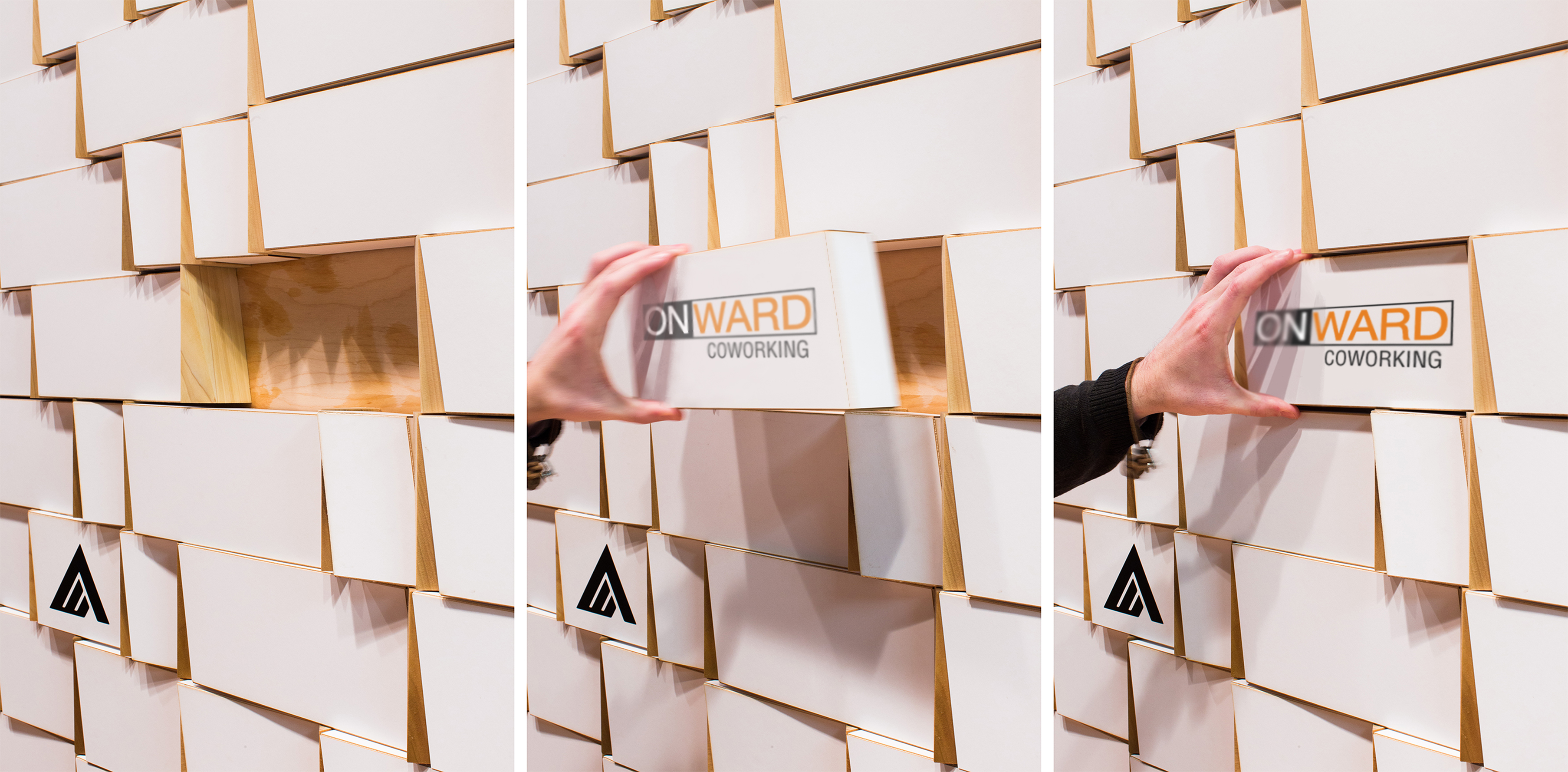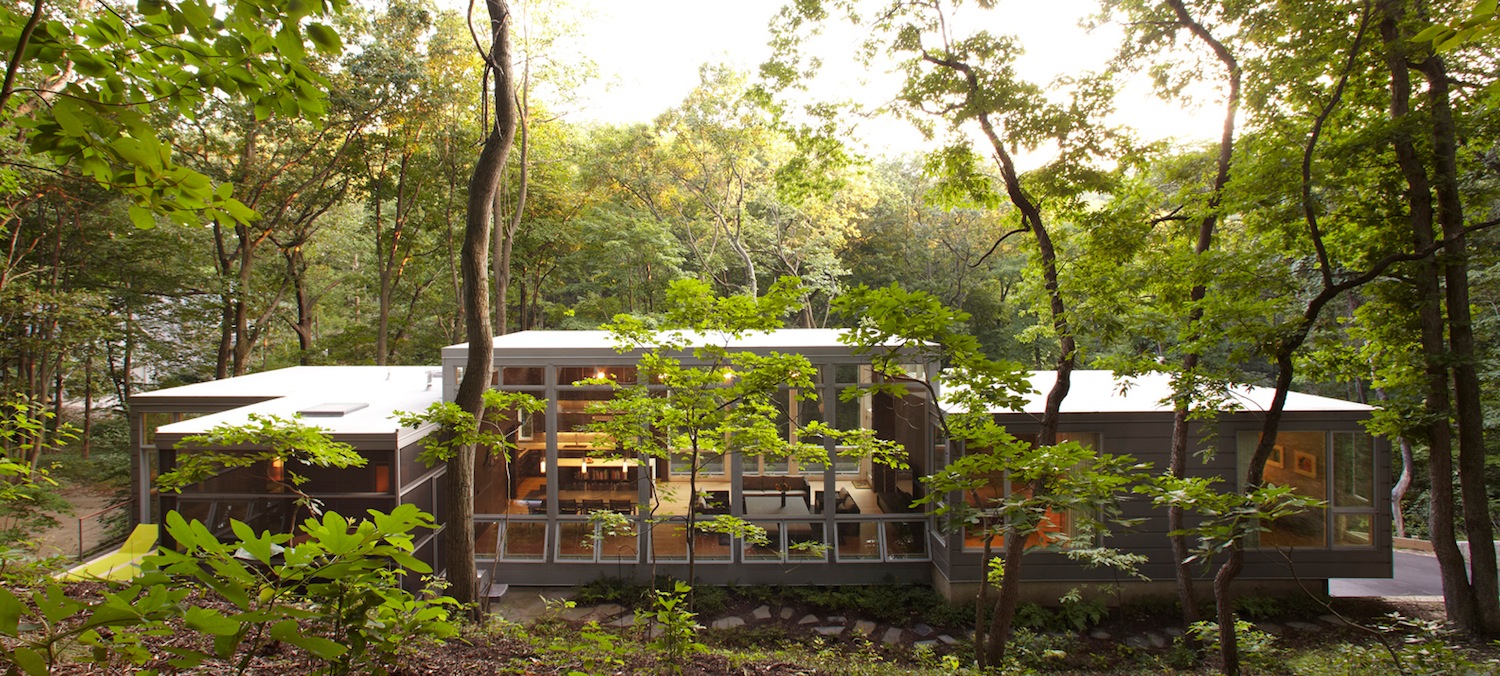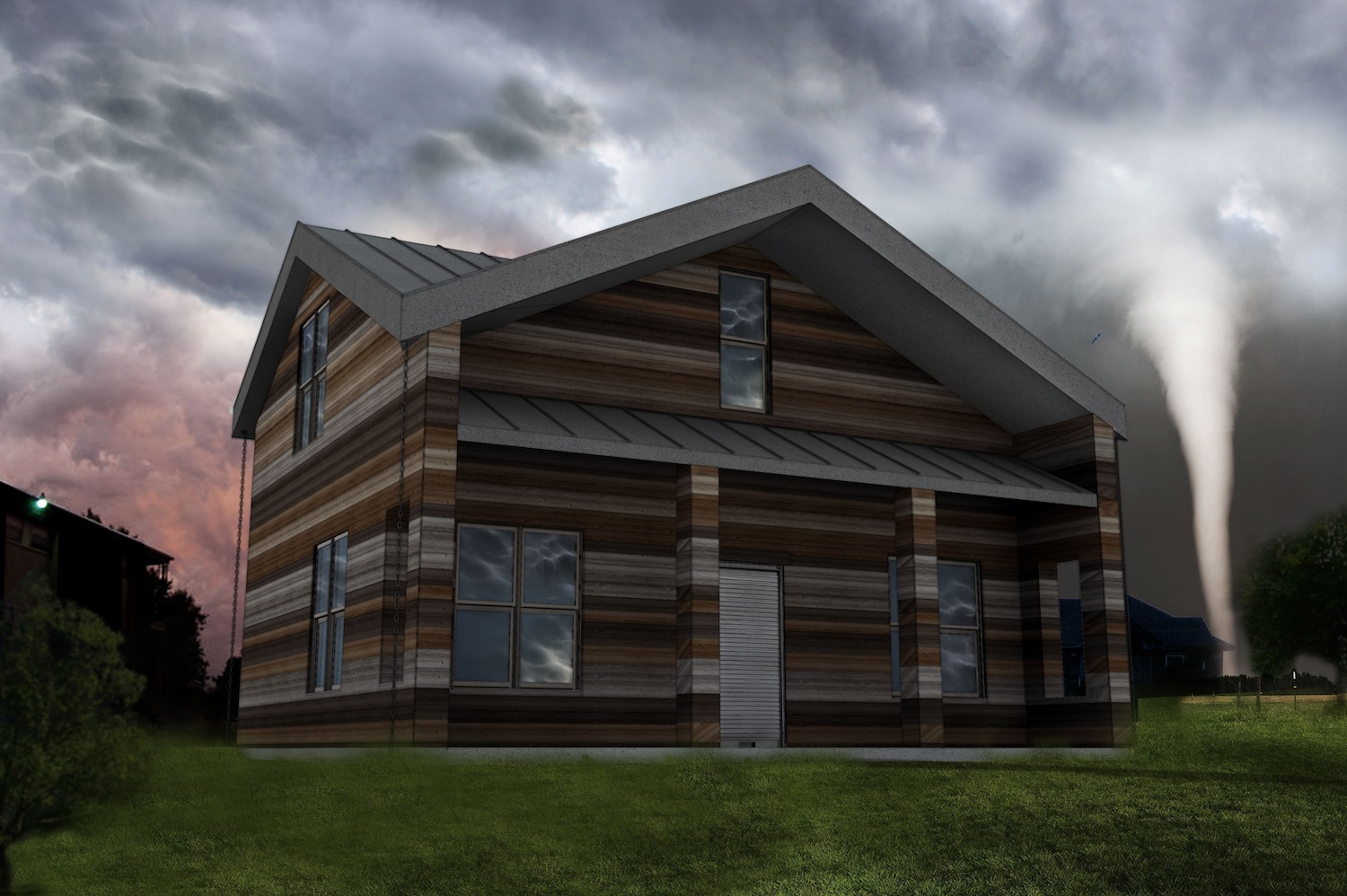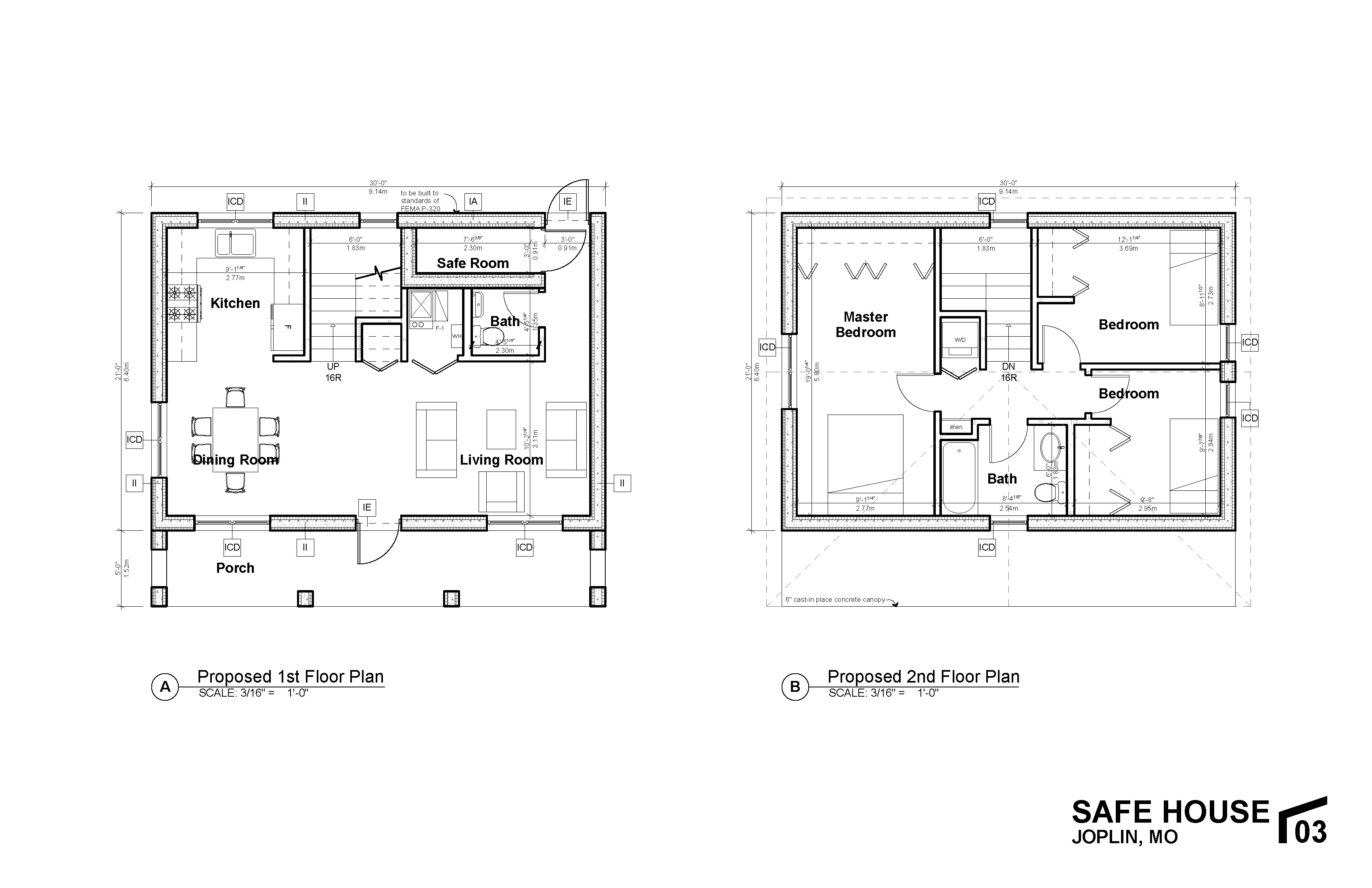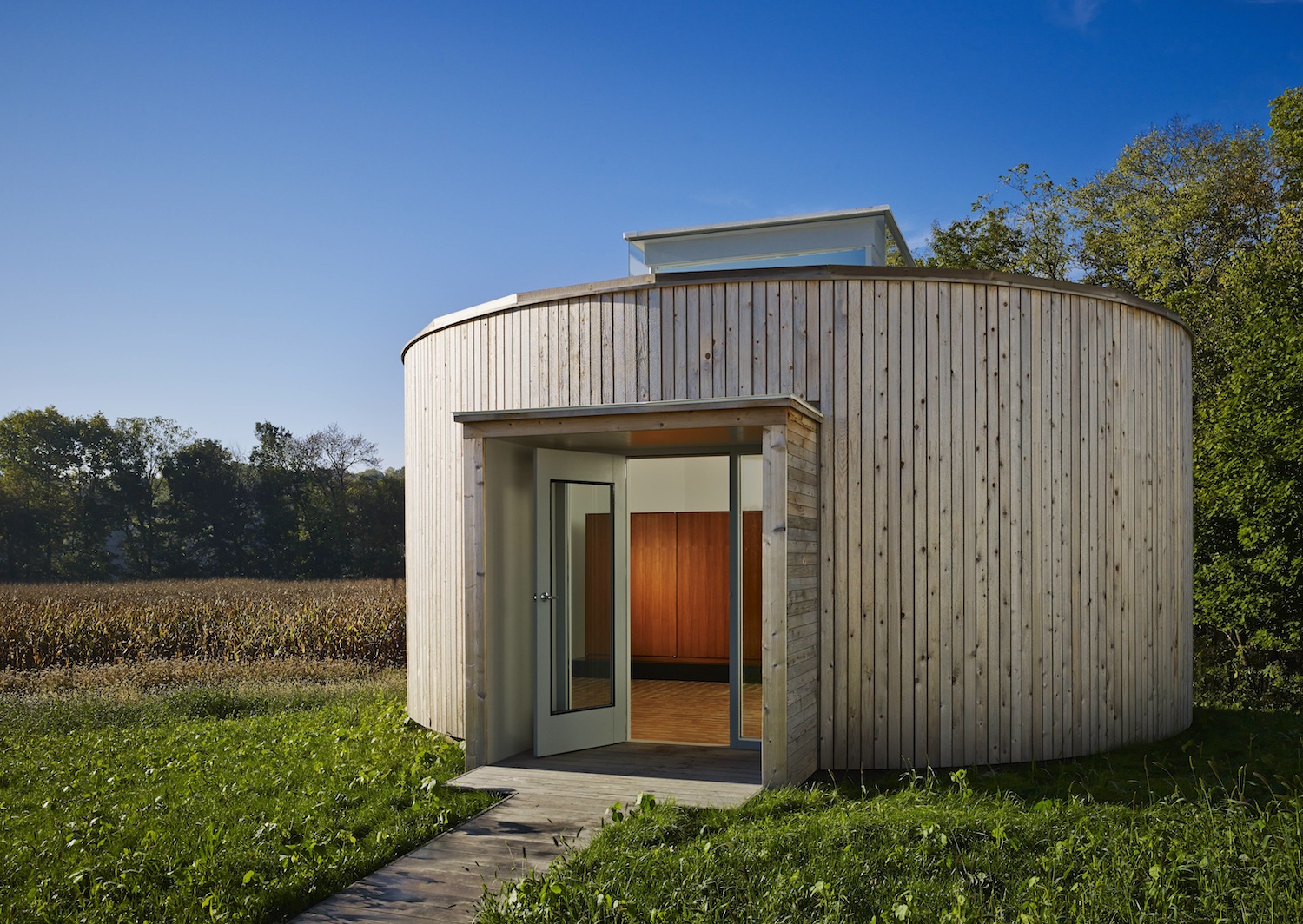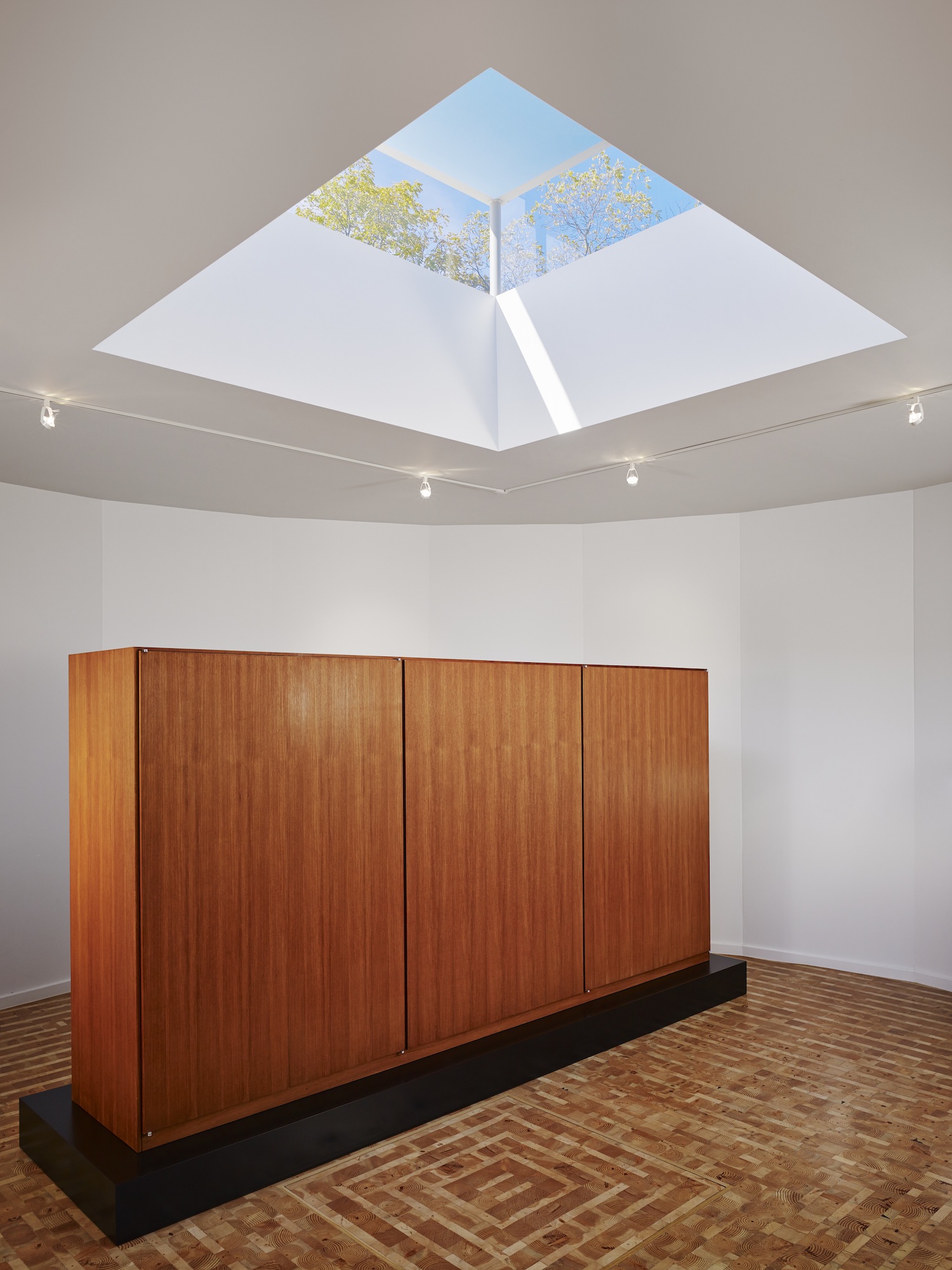Standout architecture is about creating exceptional space, whether the project is large or small.
AIA Chicago recently named the winners of its annual Small Project Awards. The program raises public awareness of the valuable work architects bring to even the smallest works, and promotes small and emerging architectural firms as a resource for design excellence.
This year’s jury includes: Chris Cooper, AIA, Cooper Joseph Studio, New York, N.Y.; Carolyn Armenta Davis, Hon. AIA, architectural historian and writer, Chicago; Chris Force, Chicago; Mark Peters, AIA, Studio Dwell, Chicago; and Vladimir Radunty, AIA, SIDE Architecture, Chicago.
The 2014 winners are (project descriptions and photos courtesy of AIA Chicago):
The Wave
Location / Chicago
Architect of Record / dSPACE Studio
Client / Lakeview Chamber of Commerce
Photos by Evan Thomas / Studio Thomas
The Wave is three-dimensional art that is simultaneously a bench, chaise lounge, picnic table, laptop station and playground. Part of the City of Chicago’s “Make Way for People” initiative, wherein parking spots are taken over as “People Spots” for pedestrians, the structure invites social interaction from passersby with its undulating form.
Nine aluminum planters with cable rail infill evoke a park-like setting and enclose the area from street traffic. Made from 316 unique “fins,” cut from 4-by-8-foot sheets of marine-grade mahogany plywood, the object is fastened together by stainless steel rods with concealed bolts. “It is refreshing to see something so expressive with the space,” a juror said. “It’s good design which animates the heart of the city,” another juror added.
Two Barns
Location / Denver, Colo.
Architect of Record / Paul Preissner Architects
Client / Biennial of the Americas
Contractor / Powalski and Associates
Photos by Paul Preissner
A temporary structure that served as a stage for the Music for Animals festival—part of the 2013 Biennial of the Americas—these two “barns” existed for just six hours. The two barns played host to a performance by Nick Cave, an opera for dogs and an art installation of edible plants by artist Viviane Le Courtois. The odd orientation of the pop-up structures created eight architectural spaces in all, revealing a depth and understanding of “light, space and composition and how it all works together,” a juror said.
The $12,500 structure was composed of only two elements—simple Galvalume-coated prefabricated steel panels and distinctive “pink kimono” paint for the interiors. “Exceptional use of off-the-shelf products,” a juror said, before adding, “and, wow, what a cool space to see Nick Cave.”
Ping Tom Park Boathouse
Location / Chicago
Architect of Record / Johnson & Lee Architects and Planners
Client / Chicago Park District
Contractor / F.H. Paschen, S.N. Nielsen
Photos by Ballogg Photography
This Chinatown riverside project is the first boathouse in Mayor Rahm Emanuel’s plan to promote recreation on the Chicago River. Distinct components of the facility include a storage shed for kayaks and canoes; a comfort station and vending area; a porte-cochère resting ground; and a landscape path from the boathouse to the river. “Wonderfully sited and reflects the city’s desire to engage the river,” a juror said. Each part of the design employs a color and detailing all its own: The deep red steel storage shed enclosed with decorative screens and rolling shutters doors; the black masonry of the comfort station; the white steel canopy of the porte-cochère. The colors are intended to complement one another yet signal the functionality of each part on its own. “Everything is relational and in dialogue with each other, including the river,” a juror said.
Harbert Cottage
Location / Harbert, Mich.
Architect of Record / Searl Lamaster Howe Architects
Client / Withheld
Contractor / Estkowski Construction
Photos by Tony Soluri
This project was an opportunity to reengineer and reinvigorate a classic American ranch house. The 1974 home was showing signs of its age with the roof caving in and a slowly-sinking slab. Its renovation was shaped by principles of simplicity, ease, durability and environmental responsiveness to the site. The architects designed a rehabilitation that revealed the building’s construction, crafting a new roof formed using basic mass-produced trusses, and adding clerestories to flood the interior with light.
“This is just an excellent use of prefab materials,” a juror said. “The place explodes with light,” added another. Coupled with generous overhangs, the detailing of the roof minimizes the need for air conditioning and a new geothermal system further minimizes energy consumption.
Atrium House
Location / Chicago
Architect of Record / dSPACE Studio
Client / Eric & Nicolette Nijensohn
Contractor / Z-Builders Inc.
Photos by Evan Thomas, Studio Thomas
This decidedly quirky design by Chicago architect Marcel Freides had not been updated since its completion in 1978. In crafting a complete overhaul of the interior, the architects took their lead from the home’s literal centerpiece, an atrium that had acted as little more than an enclosed lightwell. By hanging a sleek new staircase within the atrium space, enlarging the glass opening at its top and removing some walls to open it into the surrounding rooms, they “made it more of a focal point,” a judge said.
“It’s a great space and it suffuses the home with natural light, which is always a problem in these urban environments.” Formerly somewhat barren, the atrium’s ground level became a lively family space, surrounded by a rock garden in a custom blackened steel planter and with its staircase morphing into banquettes. The detailing, one juror said, “is not about demonstrating detail but about bringing things together very simply.”
Cell Table
Location / Chicago
Architect of Record / Dirk Denison Architects
Client / Withheld
Photos by Michelle Litvin Photography
The cell patterns and structures found in coral reefs provided the model for this table, designed for the dining space in a client’s home. Because of the complexity of the design, the base was fabricated as extruded “tubes” of quartered ash.
Then a five-axis computer-controlled router followed the dictates of a 3-D digital model to machine the tubes into their ultimate forms. “There’s a lot of discipline that went into that,” one juror said. “Because of the way they carved into the sides of the honeycomb, they ultimately get a very sinuous profile.” The jurors also noted that the visible wood grain reinforces the cellular imagery. “It’s very organic, but made precisely,” a juror said.
The Club For Modern Fashions
Location / Chicago
Architect of Record / Vinci Hamp Architects
Client / The Arts Club of Chicago
Photos by Bill Zbaren and VHA
A temporary Miesian pavilion inserted within the Arts Club of Chicago in 2013 was a hit with jurors, one of whom dubbed it “an expressive vitrine.” Conceived as a container for an exhibit on modernist style called “Two Clubs at the Arts Club of Chicago,” the 12-by-16-foot demountable wood and glass structure stood near an authentic Mies structure, the club’s staircase, and looked like an isolated bay in one of his buildings.
Stocked with modernist furniture, the box helped visitors appreciate the fashions being shown in their vintage context, as if in a stylish living room of the day. The pavilion framed the exhibit expertly by blending with its subject, jurors agreed. In addition, one juror applauded the fact that the pavilion was elevated on a recessed, unseen base “to reinforce the lightness of the Miesian box.”
Grace
Location / Chicago
Architect of Record / Lawton Stanley Architects
Client / Grace Restaurant
Contractor / SAP Design
Photos by Huge Galdones and Anthony Tahlier
This restaurant interior distinguished itself by the restraint that guided selections of color and materials. “There was a command of the palette throughout the restaurant,” one juror noted. “This kind of follow-through creates an excellent atmosphere for dining.” The cuisine at the West Loop restaurant focuses on an honest expression of each ingredient’s natural flavor.
The architects attempted to reflect that authenticity by using materials in a minimally finished state—brown ash, honed stone, un-dyed wool and leather, oil-rubbed bronze, and patinated steel. “It’s a demonstration of high design mirroring the personality of the work that’s being done in the space,” a juror said. The jury singled out the integration of columns into the furnishings for special attention.
Little You
Location / Chicago
Architect of Record / Bureau of Architecture and Design
Client / Little You Inc.
Contractor / LG Development + Construction
Photos by Michael McAtee
For a street corner site on Chicago’s Southwest Side, the architects created an inviting and sunny home for an organization that provides speech, occupational and developmental therapy services for children. Their budget was modest—$154 per square foot—but their results impressive. The entrance, where the facade peels back, has a tactile sense that comes from its board-formed concrete construction that children will want to touch, as do the oversized toy blocks that make up a corner column.
Once inside, children and their parents find “transparency and light, a place that children will enjoy being in,” a juror said. Resilient, kid-proof spaces with clean, modern lines and splashes of color that don’t go crazy gave Little You “a grown-up presence on a budget,” as one juror put it.
Onward Reception Wall
Location / Chicago
Architect of Record / Longo Park Design Workshop
Client / Onward Coworking
Photos by Shelby Kroger of Shelby Kroger Photography
Jurors were smitten with the designers’ “clever use of exceptionally inexpensive materials” in this wall designed to have the names of participating firms in a coworking space inserted and removed cheaply. Coworking, a contemporary version of shared office space, can be a transitory setup for small enterprises. As they come and go by Onward Coworking, their logos can be traded into and out of the reception area’s main wall on interchangeable laser cut from typical mat board. Designed by the architects when they were tenants at Onward
Coworking and completed for $2,500, the wall “sets the right tone,” a juror said. “These don’t read as cardboard elements, but they’re low-cost and appropriate for an environment that changes frequently.”
Woodland Dune Home
Location / Bridgman, Mich.
Architect of Record / Kuklinski + Rappe Architects
Client / Withheld
Contractor / Olson Brothers Construction
Photos by Steve Hall, Hedrich Blessing
This weekend home built on a steep, forested dune drew the jurors in with the architects’ skillful use of what one called “off-the-shelf products” such as windows and doors in a design that “pulls together coherently without the [expense] of everything being made custom.” It was completed for $245/square feet, and the design also minimized cost of another kind: the cost to the site.
To reduce disturbance of the fragile site, the design has three overlapping pavilions that all cantilever from a retaining wall that runs along the uphill side of the house. Sustainable strategies include siting that maximizes sun exposure in winter, preservation of deciduous trees on the site for shade in summer, recycled metal siding and a thermally modified domestic wood rainscreen. “There’s a high level of respect for the environment,” a juror said, “and it must be a very nice place to spend the weekend.”
Safe House
Location / Joplin, Mo.
Architect of Record / Wrap Architecture
Client / AIA Designing Recovery Competition 2013
Photo © Wrap Architecture
Graphic Courtesy of Quad-Lock Building Systems Ltd., Drawing © Wrap Architecture
The challenge of designing a house that can withstand disastrous storms—and in particular, high winds—meant providing a form that can maintain a continuous structural load path from the roof to the foundation. The architects determined that building with insulated concrete forms could do that and at the same time cut the end users’ energy bills in half.
The design includes a pattern-printed concrete roof, roll-down shutters and fixed stainless steel screens that are rated to wind force of 175 mph. There is also a safe room for secure shelter during a storm event. “It’s a solid plan to combat some of the forces of nature,” a juror said. “It can take any challenges.” Although unbuilt as yet, the design, jurors agreed, is “an ambitious effort on a small budget.”
Barnsworth Exhibition Center
Location / Plano, Ill.
Architect of Record / Students of IIT College of Architecture
Client / Farnsworth House
Photos by Dave Burk, Hedrich Blessing
Fourth- and fifth-year architecture students at the Illinois Institute of Technology collaborated to design and build an exhibition and event space for the grounds of the iconic Farnsworth House. Meant to evoke the vernacular architecture in the rural area around the landmark, it is a contemporary take on a round barn, its walls solid to maximize exhibit space inside.
Its cap is a lantern-like projection that brings in abundant natural light. The students’ zeal for the project extended to such things as collecting lumber scraps from the project to make a handsome end-grain floor. The jurors were charmed by many aspects of the project and the thoughtful use of resources.
For more on the AIA Chicago Small Project Awards, visit: http://www.aiachicago.org/spa/
Related Stories
Codes and Standards | Feb 1, 2023
New Jersey to allow private firms to conduct construction inspections
New Jersey recently passed a law that will allow towns to supplement construction code enforcement with help from the private sector. The legislation, which received bipartisan support, also allows municipalities to enter into shared service agreements with neighboring towns for construction inspections.
Sports and Recreational Facilities | Feb 1, 2023
University of Houston opens 'game changer' wellness center at downtown campus
The University of Houston-Downtown (UHD) recently opened its new Wellness & Success Center (WSC). The $39 million, 75,000 sf facility greatly improves the quality of the school’s exercise programs and areas dedicated to them. It also establishes a dynamic core and recognizable landmark for fostering and nurturing an on-campus community, according to a news release from SmithGroup, which designed the building along with HarrisonKornberg Architects.
Giants 400 | Feb 1, 2023
2022 Cultural Facilities Giants: Top architecture, engineering, and construction firms in the U.S. cultural facilities sector
Populous, DLR Group, KPFF, Arup, and Turner Construction head BD+C's rankings of the nation's largest cultural facilities sector architecture, engineering, and construction firms, as reported in the 2022 Giants 400 Report. Building types include museums, public libraries, performing arts centers, and concert venues.
Giants 400 | Jan 31, 2023
2022 Retail Giants: Top architecture, engineering, and construction firms in the U.S. retail building sector
Gensler, CallisonRTKL, Kimley-Horn, Henderson Engineers, Whiting-Turner Contracting, and Turner Construction top BD+C's rankings of the nation's largest retail sector architecture, engineering, and construction firms, as reported in the 2022 Giants 400 Report.
Giants 400 | Jan 31, 2023
2022 Government Sector Giants: Top architecture, engineering, and construction firms in the U.S. government buildings sector
Gensler, Jacobs, Hensel Phelps, and Page top BD+C's rankings of the nation's largest government sector architecture, engineering, and construction firms, as reported in the 2022 Giants 400 Report.
Healthcare Facilities | Jan 31, 2023
How to solve humidity issues in hospitals and healthcare facilities
Humidity control is one of the top mechanical issues healthcare clients face. SSR's Lee Nordholm, PE, LEED AP, offers tips for handling humidity issues in hospitals and healthcare facilities.
University Buildings | Jan 30, 2023
How wellness is reshaping college recreation centers
Moody Nolan, a specialist in the design of college recreation centers, has participated in the evolution toward wellness on college campuses.
Mass Timber | Jan 30, 2023
Net-positive, mass timber building will promote research on planetary well-being in Barcelona
ZGF Architects, along with Barcelona-based firms MIRAG and Double Twist, have designed a net-positive, mass timber center for research on planetary well-being. Located in Barcelona, the Mercat del Peix Research Center will bring together global experts in the experimental sciences, social sciences, and humanities to address challenges related to the future of the planet.
AEC Tech | Jan 27, 2023
Epic Games' latest foray into the AEC market and real estate industry
From architecture to real estate, the realm of computer-aided design hits new heights as more and more firms utilize the power of Epic Games’ Twinmotion and Unreal Engine.
University Buildings | Jan 27, 2023
Ozarks Technical Community College's advanced manufacturing center is first-of-a-kind in region
The new Robert W. Plaster Center for Advanced Manufacturing at Ozarks Technical Community College in Springfield, Mo., is a first-of-a-kind educational asset in the region. The 125,000-sf facility will educate and train a new generation in high tech, clean manufacturing and fabrication.



